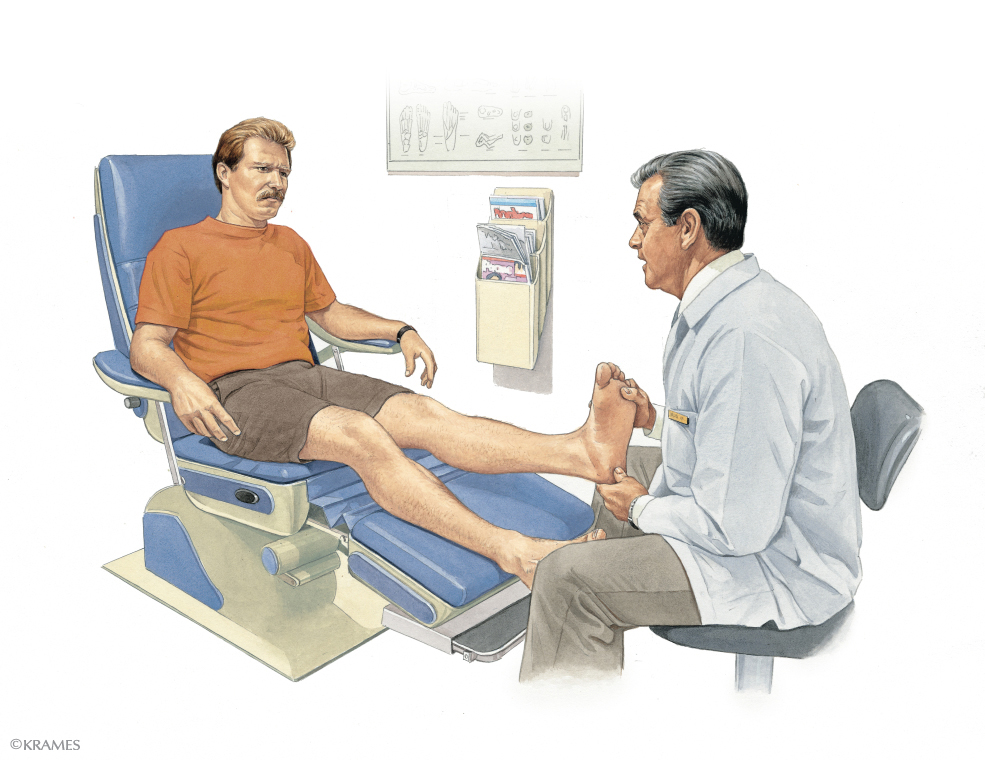Osteopathic Manipulative Treatment
Osteopathic Manipulative Treatment, or OMT, is a set of hands-on techniques used by osteopathic physicians (DOs) to diagnose, treat, and prevent illness or injury. Using OMT, a DO moves a patient’s muscles and joints using techniques that include stretching, gentle pressure and resistance.
As part of their education, DOs receive special training in the musculoskeletal system, the body’s intricate system of muscles, nerves and bones. This advanced training provides DOs with a keen understanding of how the body’s systems are interconnected and how each one affects the others.

Through OMT, physicians manually apply a specific amount of pressure to different regions in the body. These techniques can help:
- Treat structural and tissue abnormalities
- Relieve joint restriction and misalignment
- Restore muscle and tissue balance
- Promote the overall movement of blood flow throughout the body
From infants to the elderly, people of every age and just about any condition can get OMT. Your doctor may adjust it to fit your needs.
- Soft tissue: You’ll feel stretching and pressure on your muscles.
- Muscle energy: In this technique, you move your muscles in a specific direction while the DO counters that movement. Think push-pull.
- Myofascial release: Your DO uses firm but gentle pressure to release tension in the fascia, which is the layer of connective tissue that surrounds your bones, muscles, and organs.
- Osteopathic cranial manipulative medicine: Your DO applies soft pressure to your skull to stimulate healing.
List of issues treated with OMT:
- Poor latching in newborns
- Back pain: acute and chronic
- Neck pain
- Headache
- Extremity pain
- Muscle spasms
- Sinusitis
Osteopathic Manipulative Treatment
Osteopathic Manipulative Treatment, or OMT, is a set of hands-on techniques used by osteopathic physicians (DOs) to diagnose, treat, and prevent illness or injury. Using OMT, a DO moves a patient’s muscles and joints using techniques that include stretching, gentle pressure and resistance.
As part of their education, DOs receive special training in the musculoskeletal system, the body’s intricate system of muscles, nerves and bones. This advanced training provides DOs with a keen understanding of how the body’s systems are interconnected and how each one affects the others.

Through OMT, physicians manually apply a specific amount of pressure to different regions in the body. These techniques can help:
- Treat structural and tissue abnormalities
- Relieve joint restriction and misalignment
- Restore muscle and tissue balance
- Promote the overall movement of blood flow throughout the body
From infants to the elderly, people of every age and just about any condition can get OMT. Your doctor may adjust it to fit your needs.
- Soft tissue: You’ll feel stretching and pressure on your muscles.
- Muscle energy: In this technique, you move your muscles in a specific direction while the DO counters that movement. Think push-pull.
- Myofascial release: Your DO uses firm but gentle pressure to release tension in the fascia, which is the layer of connective tissue that surrounds your bones, muscles, and organs.
- Osteopathic cranial manipulative medicine: Your DO applies soft pressure to your skull to stimulate healing.
List of issues treated with OMT:
- Poor latching in newborns
- Back pain: acute and chronic
- Neck pain
- Headache
- Extremity pain
- Muscle spasms
- Sinusitis